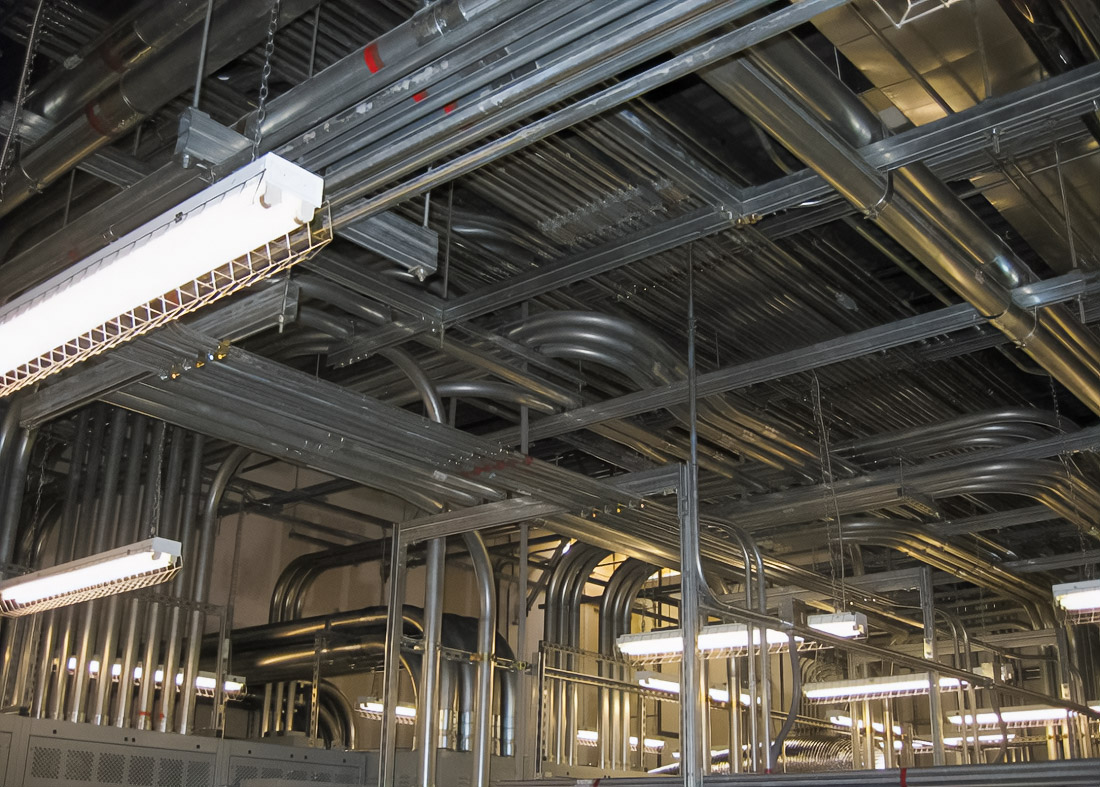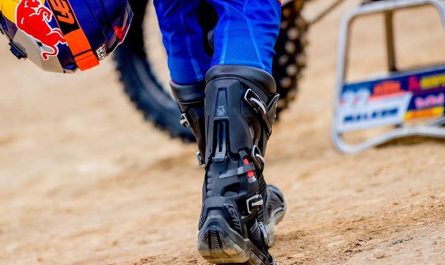The United Arab Emirates, known for its ambitious architecture and fast economic growth, was initially not seismically active region. However, over the past 20 years, engineers and architects have begun to apply improved measures and precautions to account for potential seismic threats. In 2022, several weak earthquakes with magnitudes from 2.0 to 3.5 points were recorded, which confirmed the need for such measures. The world changed approaches to architecture; the goal is not only beauty and functionality but also the safety of residents in case of natural disasters. For ensuring maximum safety and efficiency in infrastructure, UAE used cable ladder hot dip galvanized.
Growth awareness seismic risks in UAE: statistics and examples
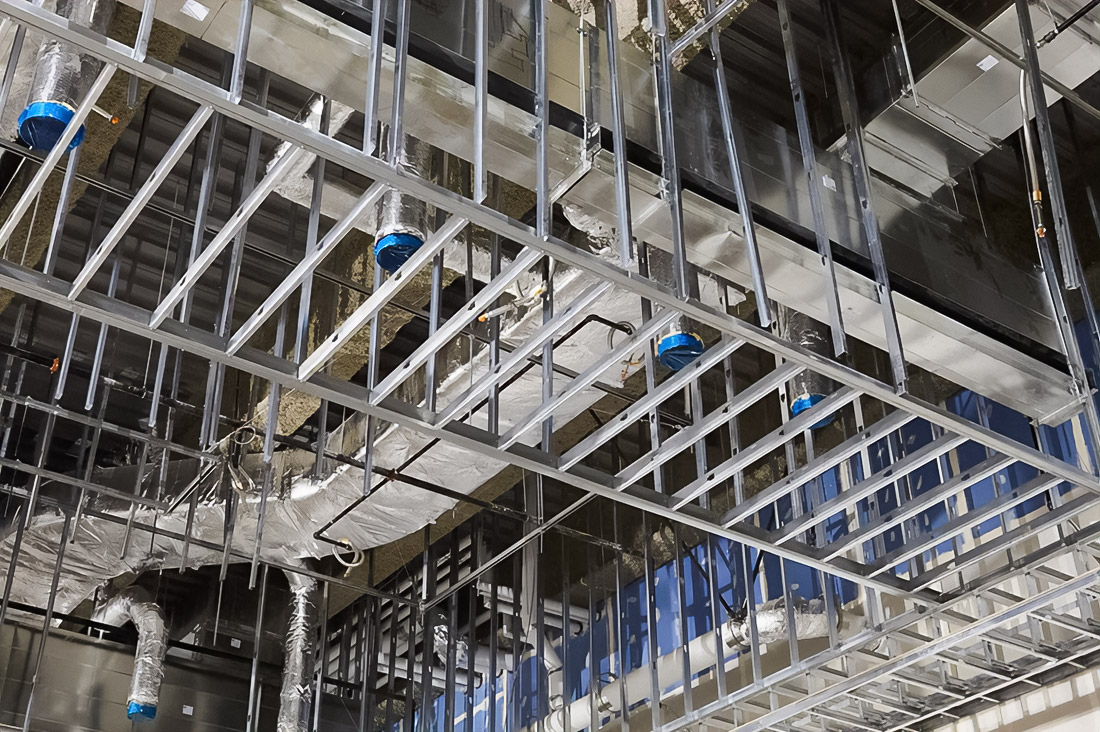
Strategic reasons preparation for earthquakes
- Proximity to tectonic faults: Fault Zagros, located in neighboring Iran, represents a constant threat. This geological formation can provoke earthquakes, significantly affecting the region.
- Increase population density: In regions with high population density, even weak shocks can lead to serious consequences. Dubai, Abu Dhabi, and Sharjah, where over 85% of the population country, are living examples of this potential risk.
- International construction standards: Modern norms, such as Eurocode 8 and American standards (ASCE 7), require accounting seismic risks, regardless of their level, which is important for preserving the integrity of buildings in a long-term perspective.
Anti-seismic systems cable trays: innovations on forefront
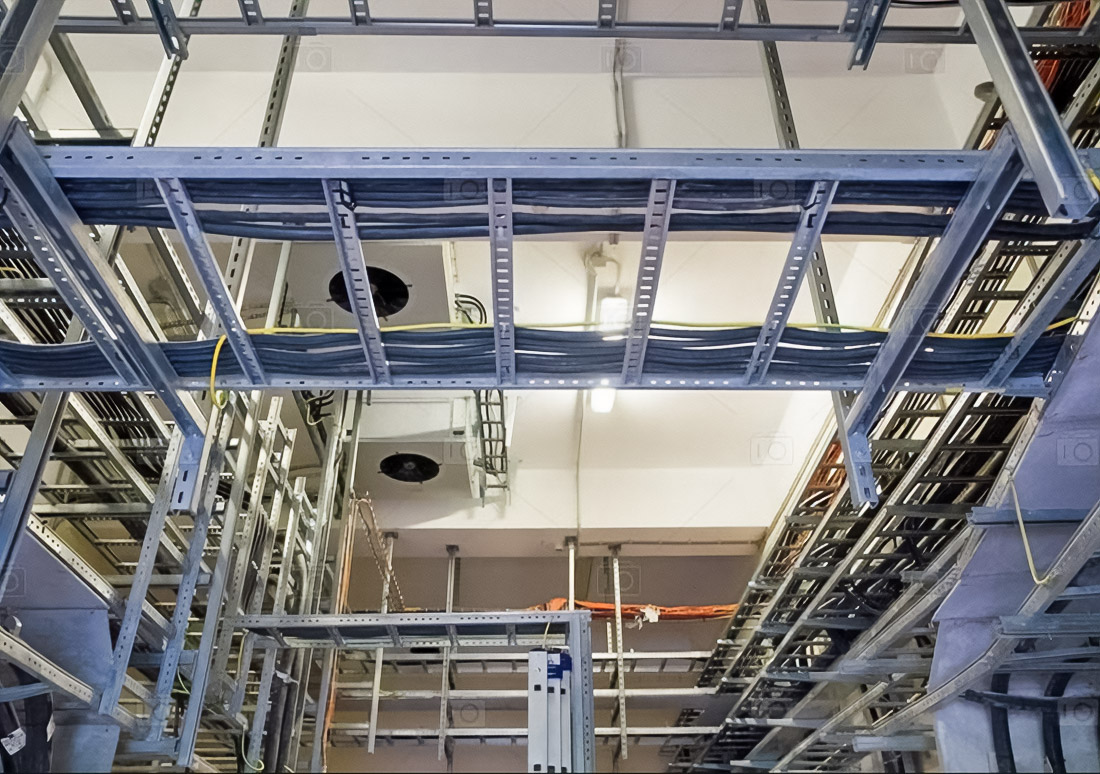
Anti-seismic systems cable trays represent bastions of modern safety engineering systems. The importance of protective cables in conditions of earthquakes has become more obvious. These systems passed successful tests in conditions simulation magnitude up to 6.0, demonstrating their effectiveness.
Structural features and advanced technologies
- Flexibility and resistance vibrations: Used materials absorb and compensate vibrations up to 70%, maintaining functionality entire system during shocks.
- Reinforced mounts: Strong anchor systems withstand loads over 500 kg, excluding displacement under seismic loads.
- Technologies dynamic testing: Modern test rooms simulate real conditions, which allows the conduct of thorough evaluation systems before their mass implementation.
- Innovative materials: Used composite materials, such as carbon fibers, which are 2 times stronger than steel and 30% lighter.
Earthquakes: geology and consequences
Advantages of integration anti-seismic systems in infrastructure UAE
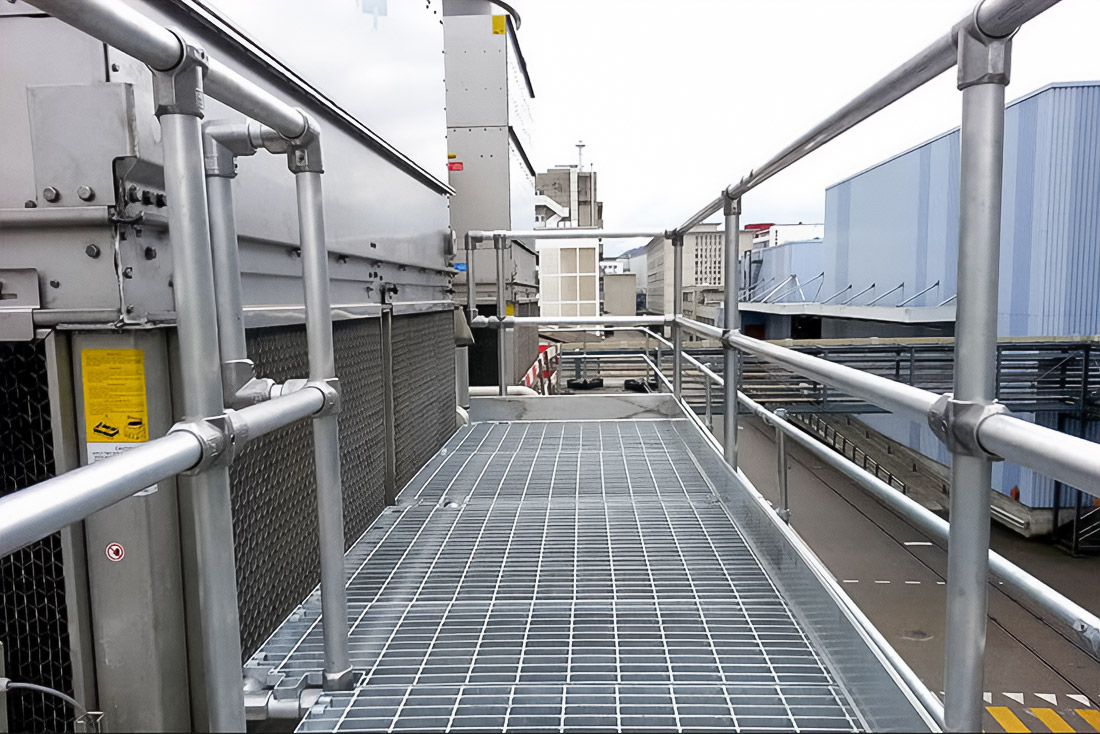
Implementation of anti-seismic systems cable trays in new projects on territory UAE also has strategic significance.
- Increase level safety: Systems provide protection data, vital communications, and energy systems, minimizing risk losses.
- Savings on repair and restoration: Losses from possible earthquakes, according to estimates experts, can be reduced up to 50% thanks to the implementation of the latest technologies.
- Compliance with world standards: Conformity modern standards, such as ISO 23455:2020, increase the trust of investors and expand the market for domestic construction companies.
- Durability and sustainability: Estimates show that implementation of these systems can increase the service life of buildings and structures by more than 25%.
Successful examples in UAE
Bright examples of successful application of these systems are large infrastructure projects. In Dubai, high-rise buildings, such as Burj Khalifa, are equipped with improved anti-seismic systems cable trays, which allowed for minimized risk damage by 35%. In Abu Dhabi airport, these systems protect critically important communication and navigation systems, guaranteeing their uninterrupted operation.
Earthquakes in UAE: importance preparation and training
Overcoming potential difficulties: experience and cooperation
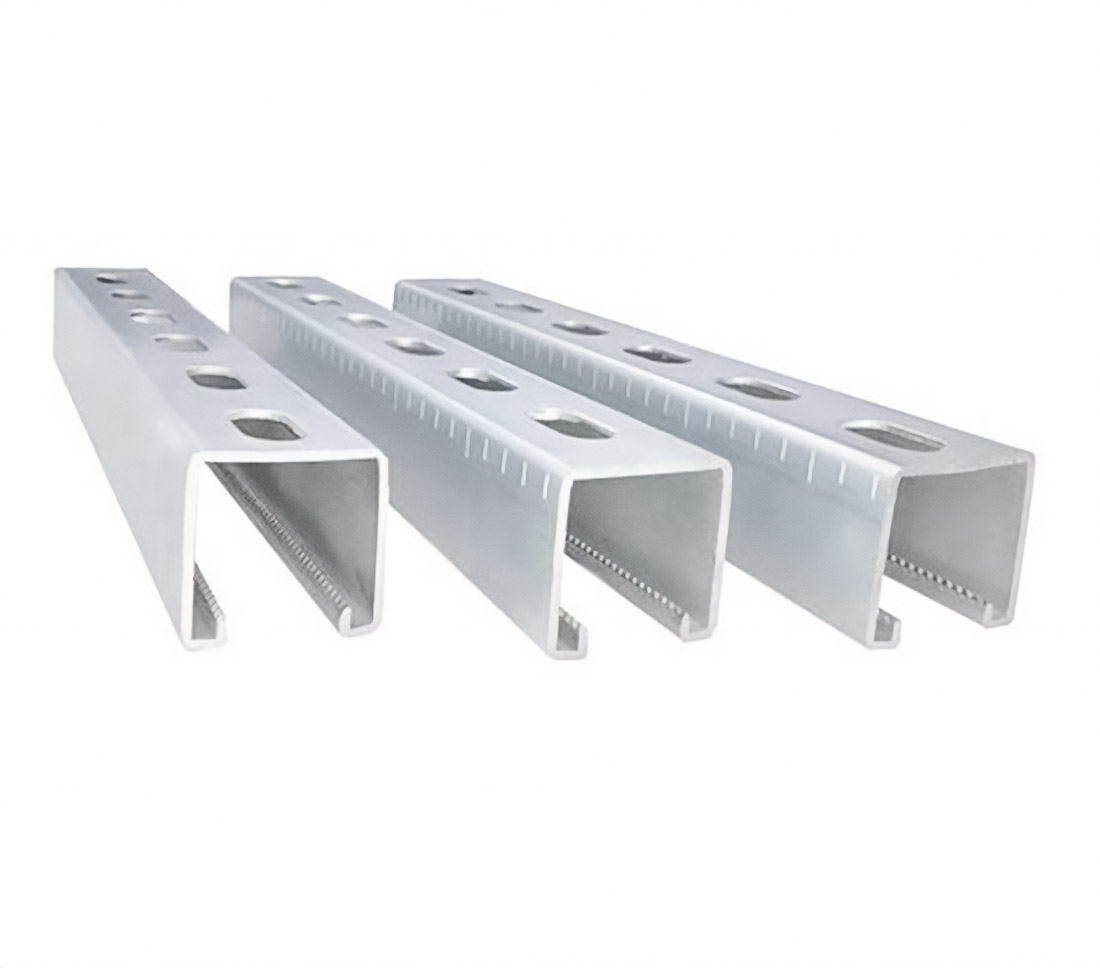
As in any innovative process, before implementation, new technologies can cause difficulties.
- Adaptation existing infrastructure: Refinement of existing systems can be complex and cost more than $2 million on a large project, but this investment is in safety.
- Lack of experience: Regular training and certification personnel can significantly reduce the shortage of qualified specialists. Internship programs with international organizations have already been launched in the UAE, and they have brought successful results.
Plans actions in emergencies in Dubai
Conclusions and long-term prospects
Considering growing requirements for safety and sustainability infrastructure in conditions of seismic risks, anti-seismic systems cable trays become the foundation of modern construction in UAE. Said, in combination with advanced technologies and a careful approach to design, determines future architecture, ensuring the protection of residents and preservation of the cultural heritage of the country. Implementation of these systems not only conforms to global standards but also strengthens the UAE’s position as a global leader in innovative construction.
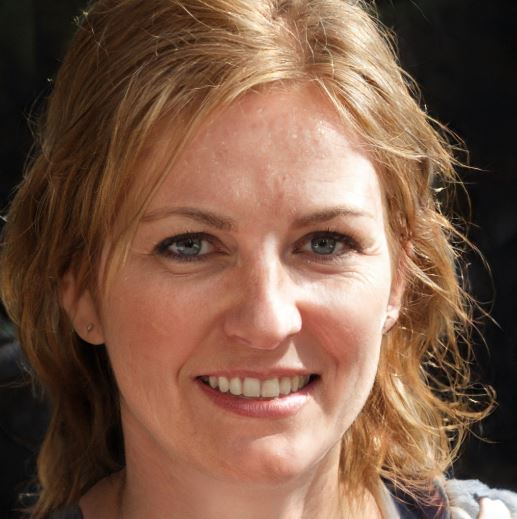
Soccer lover, shiba-inu lover, fender owner, vintage furniture lover and typography affectionado. Operating at the sweet spot between art and mathematics to craft an inspiring, compelling and authentic brand narrative.
